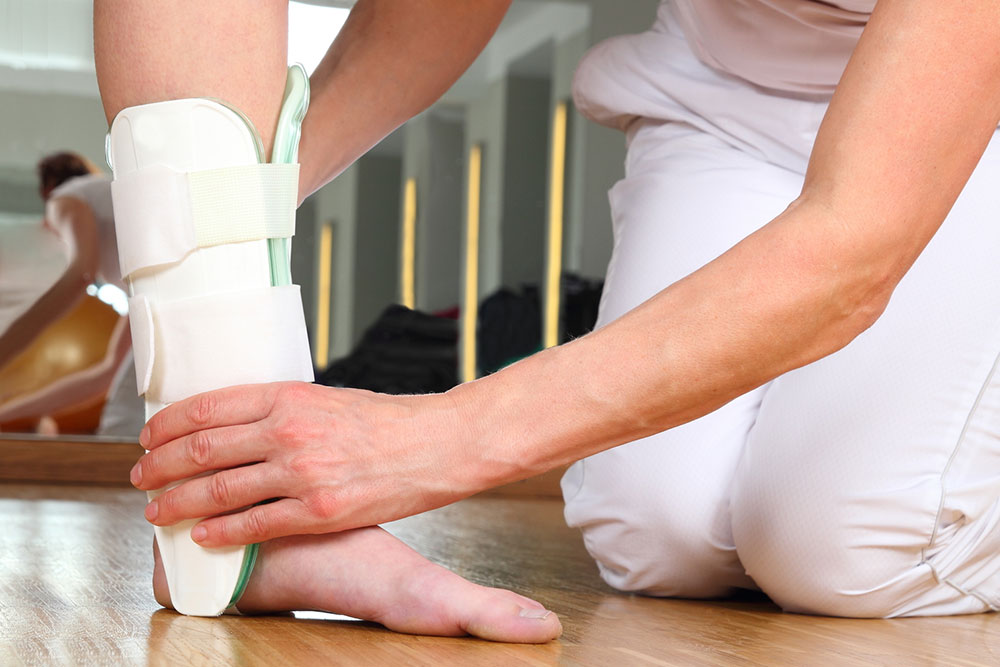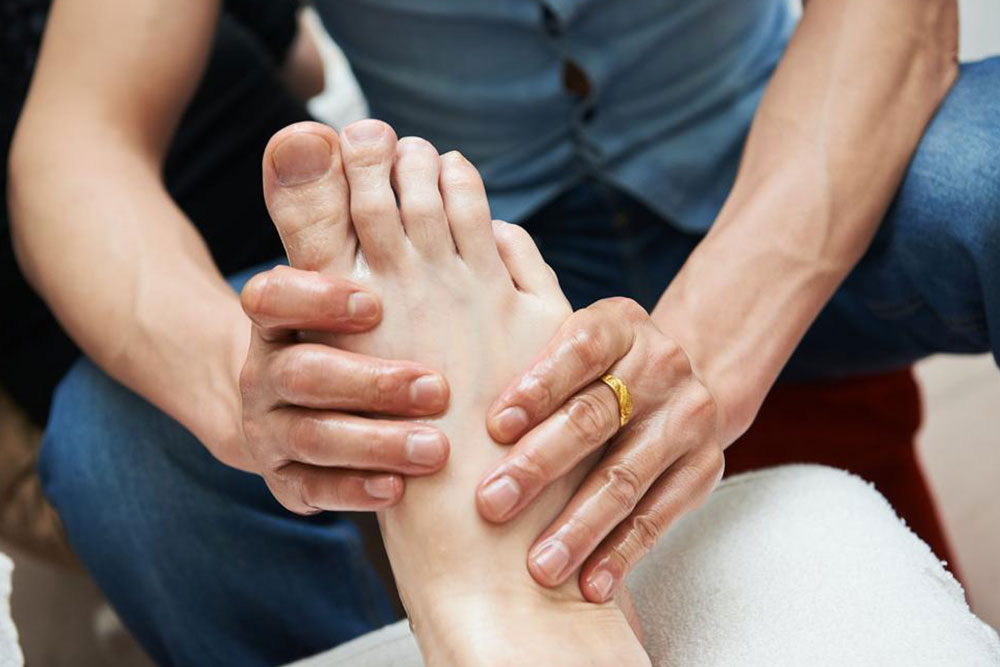Effective Strategies for Treating Plantar Fasciitis
Discover effective, non-invasive treatments for plantar fasciitis, including proper footwear, stretching exercises, ice therapy, and medical interventions. Early management can lead to faster recovery, reducing pain and improving foot health. Surgical options are available for persistent cases when conservative methods fail. Consulting a healthcare professional is recommended for personalized treatment strategies to relieve heel pain efficiently.

Strategies for Managing Plantar Fasciitis
Plantar fasciitis involves inflammation of the thick tissue band connecting the heel to the toes. Repeated strain causes swelling and discomfort. While common among middle-aged adults, it also affects younger individuals, especially those who put high stress on their feet like athletes and military personnel.
Causes of Plantar Fasciitis
This condition results from overstretching the plantar fascia ligament supporting the foot arch, often due to frequent inward rolling of the foot during walking. Excess weight further increases risk.
Treatment aims to reduce heel pain and inflammation while enhancing foot strength and flexibility. Most patients recover within a year, with approximately 95% benefiting from nonsurgical methods. Surgical options are reserved for persistent cases.
Early intervention leads to quicker healing; delays can prolong recovery time.
Initial Management Techniques
Various approaches can alleviate symptoms, though scientific validation varies. Common methods include:
Resting the feet is essential—limiting activities that worsen symptoms like running or walking on hard surfaces.
Applying ice to the affected heel reduces swelling. Over-the-counter anti-inflammatory medications such as ibuprofen or naproxen in pill or topical forms can provide relief.
Supportive footwear with good cushioning and proper arch support aids recovery. Special shoe inserts are often recommended for better heel cushioning.
Wearing shoes immediately after waking prevents symptom aggravation. Going barefoot should be avoided.
Regular stretching exercises like calf and toe stretches, and towel stretches, performed in the morning, help improve flexibility.
Heat application generally worsens symptoms; instead, contrast baths alternating hot and cold water can be beneficial. Weight loss helps reduce strain for those who are overweight. Consistent use of rest, ice, and stretching is vital. If no improvement occurs within six weeks, alternative nonsurgical options should be considered.
Custom Orthotics and Additional Devices
Custom-made shoe inserts prescribed by a healthcare professional benefit individuals with unique foot shapes. Night splints maintain the foot at a 90-degree angle, keeping the plantar fascia stretched overnight. In severe cases, a walking cast may be used on the lower leg, though it requires subsequent rehabilitation.
Surgery is a last resort, typically in cases unresponsive to conservative treatments. Corticosteroid injections can temporarily relieve pain but carry risks with repeated use. In extreme cases, plantar fascia release surgery involving cutting parts of the ligament can decrease tension and inflammation. Light jogging during early stages may aid in symptom relief.
Important Notice:
This article offers general information on plantar fasciitis management. It’s essential to consult a healthcare professional for personalized diagnosis and treatment. The content is intended for educational purposes and should not replace medical advice. The website is not responsible for variations or inaccuracies in other sources. Readers are encouraged to seek tailored medical solutions for their specific condition.










